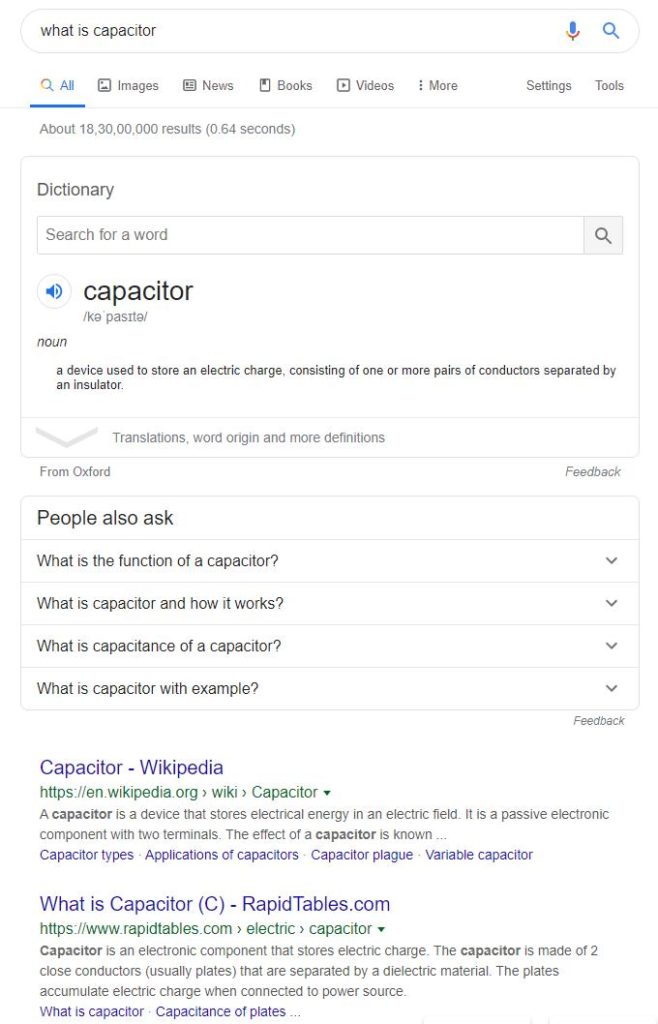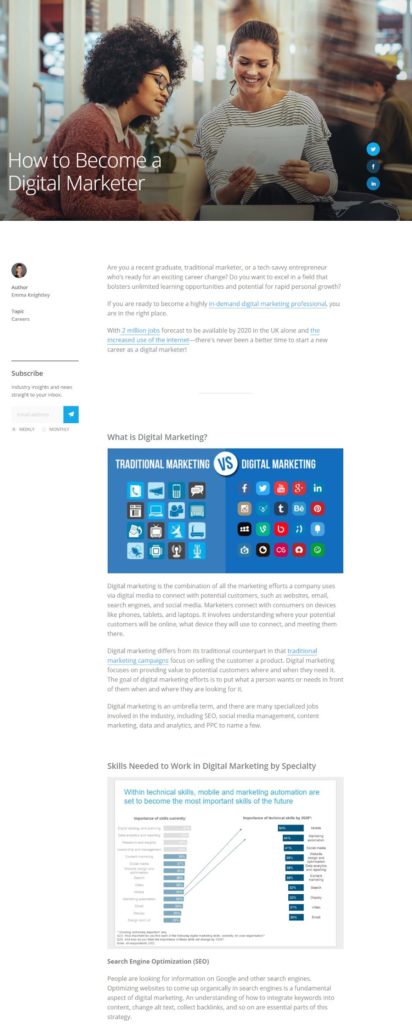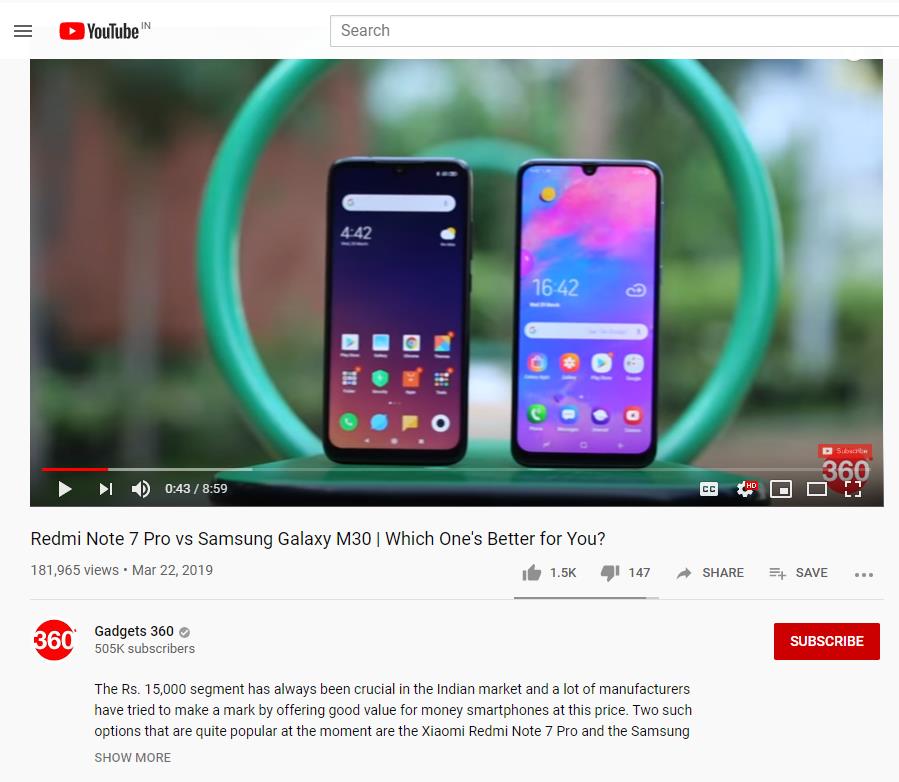The 2018 State of Inbound survey results confirm that generating traffic and leads for the business is by far the top challenge faced by marketers today.
As a result, most businesses are willing to divert a huge chunk of their marketing budget towards lead generation. In fact, the 2018 Demand Generation Benchmark Survey Report reveals that 70 percent of businesses are planning to invest more in demand generation in the coming years.
Since its inception, affiliate marketing has been one of the greatest and most cost-effective lead generation tactics adopted by businesses. This is because affiliate marketing not only helps marketers earn a handsome revenue but also expands the customer base. Further, it strengthens brand equity and reputation and improves website traffic.
But a winning affiliate marketing strategy needs more than just signing up for an affiliate program. Without a doubt, several affiliate marketing networks can guide you in your affiliate marketing efforts. However, having a solid content strategy to back it can convert your visitors into an affiliate sale, taking your business to the next level.
If you want affiliate marketing to work for you, make content your topmost priority. Use the time-tested content marketing tips shared in this post to step up your game in affiliate marketing.
1. Determine Your Niche and Develop Niche-Relevant Content
The fact that most domains are highly competitive makes it critical for marketers to develop their niche. This can help them appeal to a customer segment that’s not saturated with competition.
To begin with, pick up a topic you specialize in. Next, use competitor analysis tools like Google Keyword Planner, MozBar, Ahrefs, Buzzsumo, and SEMRush to get an idea of the level of competition in your niche and how they are performing for the target keywords.
Check out how MozBar assigns a DA to every search result for the keyword ‘affiliate marketing Australia.’ It offers a surface-level view of how authoritative sites like Commission Factory are performing in comparison to the other players in this niche.
Businesses operating in domains like fashion, lifestyle, food, home decor, or education often find it tough to offer content that stands out from the crowd and delivers more value to the audience.
However, these niches have sub-categories that may or may not have been touched by the competition. These specific topics can be a solid starting point for you to build content that resonates with your brand values.
For instance, for the lifestyle category, here are a few sub-categories and the type of topics you can consider.
- Family – Education, marriage, parenting, religion, pets, and culture
- Health and Fitness – Diet, weight loss, exercise, mental and physical health, and stress management.
- Home and Garden – DIY home decor, gardening, and home renovation
- Business – Career, freelancing or work from home, marketing, and law.
- Finances – Personal finance, real estate, taxation, and budgeting.
- Current Events – News, celebrity gossip, and politics.
- Men’s Topics – Automobiles, grooming, camping, and sports.
- Style and Fashion – Latest trends and styling tips.
- Technology – Mobile phones, electronics, the latest software, and photography
Choose what to write on, depending on who will be reading your blog. You can overlap the above-mentioned topics to create relevant content for your audience. So, you could create a finance blog that focuses on family or a business blog that focuses on the fitness and wellbeing of entrepreneurs. Content that is specially created for the intended audience has a better chance of converting readers into an affiliate sale. Knowing your audience’s lifestyle, age group, spending power, buying habits, and what they are looking for is key to creating engaging content that converts.
2. Focus on the Search Intent
Keywords and keyword research have always been core to the success of any piece of digital content. However, Google understands that ranking a page for a particular keyword is no big deal. No wonder, the search engine has always pushed contextual search to dig deeper into the searchers’ intent or the motive behind a query.
Therefore, rather than focusing on vanity keywords and their search volume, determine the specific search queries and touch upon topics that spark interest among the readers. In order to optimize your content for search intent, find out what the user is looking for.
Google’s micro-moments offer us valuable insights into the various types of search queries.

Based on this, search intent can be of three types.
A. Transactional – I want to buy/ I want to do
Here, the user wants to buy, sign up for a service, or complete some form of commercial action. Hence, you can use contextual keywords like buy, cheap, discount, or sale to attract user attention and boost your ranking.
B. Informational – I want to know
The user is looking for information, but may or may not be in the frame of mind to make a purchase. For instance, a search query like ‘What is a capacitor?’ shows that the user is looking for information. This may be for their personal knowledge or to buy a capacitor in the near future.

Informational search is generally when the user is looking for quick answers. See how Google achieves this by offering a dictionary answer from Google’s Knowledge Graph and a Related
Questions section.
Notice how Butlers Chocolates has been awarded a higher rank (in comparison to Baileys) because its content matches the searcher intent for the informational query ‘Irish cream chocolate.’ They have also done a good job at ranking for commercial keywords like ‘buy Irish cream chocolate.’

C. Navigational – I want to go
The user is looking for a specific predetermined website, brand, or product. For instance, if a user desires to pursue a course in digital marketing, the first query that might pop up in their mind is, ‘How to become a digital marketer?’ The Digital Marketing Institute does a great job of influencing the navigational intent by offering a valuable guide on this topic. This post fulfills the searchers’ intent and answers all their queries.

3. Choose the Right Content Form
A successful affiliate marketing strategy pays attention to the type of content the target audience prefers. For instance, some people may prefer content in the form of a well-written book or guide, while others expect video content. This chart from the Content Marketing Institute sums it up well for B2C and B2B businesses.
Depending on the nature of your audience, you can adopt the following content forms to attract attention and maximize your affiliate revenue.
- Blog Posts
- Videos
- Ebooks
- Emails
- Custom Landing pages
Sharing broad-spectrum content using these content forms can help you establish authority and earn your audience trust, increasing your chances of earning money through affiliate products. Post online reviews and testimonials, how-to guides, industry news, head-on comparisons, success stories, and expert opinions to fascinate your audience and amplify your content reach.

For instance, uploading a comparison video that talks about your views on two or three similar products can prove to be relevant to your audience, thereby establishing your authority in the niche.
That brings us to our next point – Videos!
4. Don’t Shy Away from Videos
With more than 2 billion monthly active users, YouTube is the world’s second-largest search engine. The video platform uploads 500 hours of content every minute. No wonder, it is one of the most profitable channels marketers can use to redirect traffic to the relevant landing pages.
Create a channel to post video tutorials, how-to’s, and product reviews and comparisons that appeal to your target audience, thereby driving traffic to your site and increasing your affiliate earnings. Facebook and Instagram Live and IGTV are also effective in consolidating the brand image and increasing brand outreach.
Unbox Therapy is a YouTube channel with 15.5 million subscribers. The channel shares interesting insights on gadgets and technology. Check out how LastPass, a freemium password manager app, caters to its target audience by sponsoring a video content that offers relevant information to them. The video openly talks about the sponsorship and offers a link to the advertiser’s website.

Summing Up
When used effectively, content marketing can unlock thousands of dollars’ worth of affiliate treasure for your business. High-quality content can not boost your site traffic and affiliate revenue but also strengthen customer trust and authority in a domain.
Awesome content is the best form of advertisement a brand can have. However, earning customer trust and authority in a domain takes time and consistent efforts. Instead of aiming at monetizing your content and driving more traffic, invest time in building value for your intended audience through relevant content.
Use the insights and content marketing tips shared in this post to hit the affiliate jackpot and set your business on the fast track to success.

Tim Ferguson is the Director of SEO at Right Mix Marketing, an SEO-focused link building agency that helps startups, small & medium businesses and enterprise clients with custom link building services.. He takes care of all the clients from closing to delivery. If you want to inquire about link building services of Right Mix Marketing, you can get in touch with Tim on [email protected]
